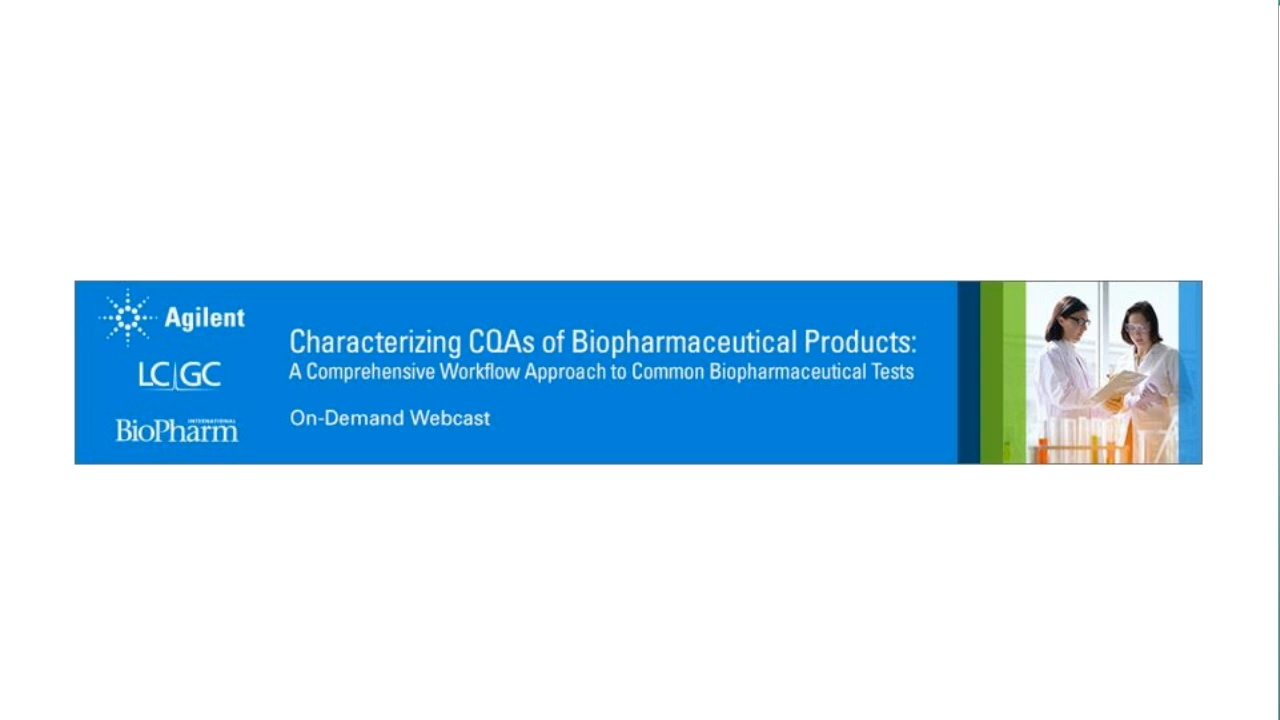An Uncommon Fix for LC–MS Ion Suppression
Metal-free columns should be considered when troubleshooting ion suppression. Chelating compounds that can form metal salt with stainless steel column housings are examined.
Most HPLC columns are made with stainless steel 316, which has surface oxides, and Fe(++), which have a high affinity for the exposed anionic oxygens present on phosphorylated compounds, and will readily interact causing adsorption and loss of sample. Additionally, these interactions can result in the formation of metal salts that can cause ion suppression when using LC–MS detection, potentially reducing analyte signal or, in extreme cases, cause no signal at all.
In this article, we show two cases of ion suppression and loss of sample due to adsorption, and recovery of signal strength by using our newly developed metal-free column housing. Our design utilizes the typical stainless-steel hardware so that we can preserve high-pressure capability, but the internal surfaces of the tubing and end fittings, as well as the inlet and outlet frits, are all coated with PEEK. This removes the largest contribution of metal surfaces within the HPLC sample flow path, significantly improving the analysis for certain compounds.
Experimental Conditions
Figures 1 and 2 show organophosphorus pesticides or herbicides, and nucleoside triphosphates, respectively. All running conditions are shown within the figures. In each case, identical conditions were used on two columns packed with the same material; one with our metal-free housing, and the other with standard stainless steel.
Result and Discussion
The most dramatic example of ion suppression can be seen in Figure 1, particularly for glyphosate. While glufosinate does show signs of signal suppression and chelating, glyphosate is completely missing on the metal column, with LC–MS detection. Both peaks showed a much-improved LC–MS signal and analyte recovery when using a metal-free vs. a metal column. Peak shape was also improved.

Figure 1: Complete ion suppression of glyphosate signal
The triphosphates in Figure 2, while not completely missing as in the case of glyphosate, did show significant evidence of ion suppression and chelating for all nucleosides tested. In all cases, peak heights were dramatically reduced, and peak shape was negatively impacted. Under identical conditions, but in metal-free housing, all peaks showed an increase in symmetry and signal strength.

Figure 2: Triphosphates on metal-free vs. metal column
Conclusion
Often when troubleshooting issues with poor peak shape, low recovery and signal suppression, contributions of interaction with the column housing can easily be overlooked. Here we show that, particularly for certain compounds, there can be considerable interaction of the analytes with metal surfaces within the column. Therefore, the use of a metal-free column should be considered when troubleshooting issues related to poor peak shape, loss of sample, and ion suppression for potentially chelating compounds, especially when peak shape cannot be improved through modification of the mobile phase. It is also worth noting that we now offer metal-free columns in 15 different stationary phases, improving the range of available separation conditions. Please visit our website for more information.

Imtakt USA
2892 NW Upshur St., Portland, OR 97210
tel. (888) 456-HPLC, (215) 665-8902. Fax: (501) 646-3497
Website: ImtaktUSA.com

The Benefits of Custom Bonded Silica
April 1st 2025Not all chromatography resins are created equal. Off-the-shelf chromatography resins might not always meet the rigorous purification requirements of biopharmaceutical manufacturing. Custom bonded silica from Grace can address a wide range of separation challenges, leading to real performance improvements. Discover more about the latest innovations in chromatography silica from Grace, including VYDAC® and DAVISIL®.
5 Things to Consider When Selecting a Chromatography Silica
April 1st 2025Particularly in the pharmaceutical industry, drug purity isn’t just a goal – it’s essential for achieving safety, stability and efficacy. However, purification is easier said than done, especially with challenging molecules like DNA and RNA “oligonucleotides,” due in large part to their diversity and the range of impurities that can be generated during production. Enter DAVISIL® chromatographic silica, with a wide range of pore diameters and particle sizes to meet your specific application, performance and sustainability requirements. Before you choose the chromatography resin for your next purification application, take a look at these 5 considerations.
MilliporeSigma: Ultrapure Water for Sensitive LC-MS Analysis of Pesticides
March 25th 2025The aim of the study was to illustrate the efficiency of Milli-Q® water purification systems in eliminating pesticides from tap water, thereby producing and delivering reliable and consistent-quality ultrapure water suitable for pesticides analysis









